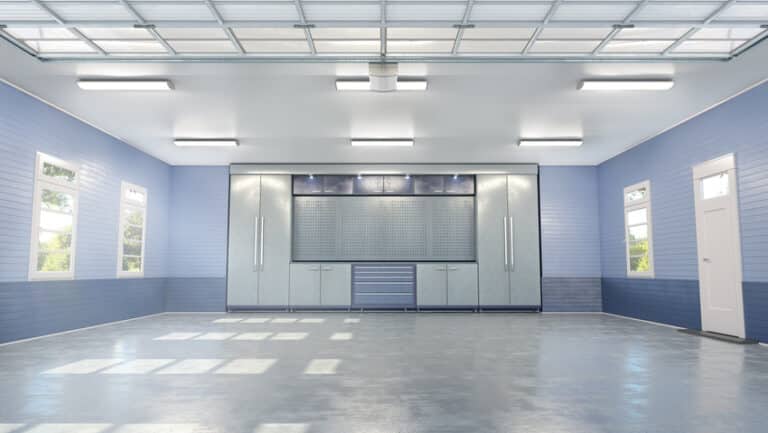Adding a Bathroom to a Garage
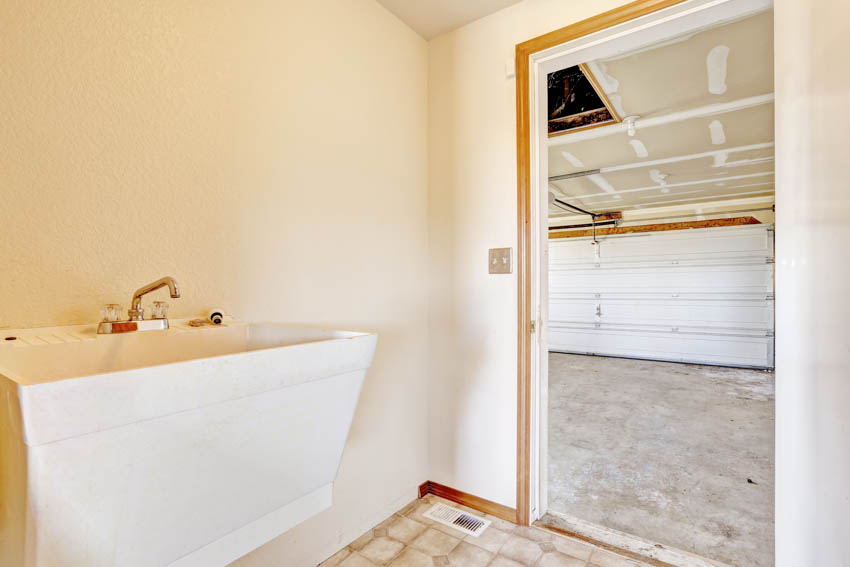
Adding a bathroom to a garage makes perfect sense for the house with a spacious layout. While the project can run in the thousands of dollars, adding another toilet and shower room to the property can improve occupants’ comfort. However, constructing a bathroom in the garage presents several challenges, mostly related to electrical and plumbing systems. Moreover, there are structural elements homeowners must consider. Nevertheless, adding a bathroom to a garage is the perfect project for those looking to improve their homes.
Steps To Install A Bathroom In The Garage
Installing a bathroom in the garage is a straightforward process for people with experience doing home improvement projects. However, it can be challenging for newbies who are clueless about where to start. Here are the essential steps to adding a bathroom to a garage.
Step 1. Check Local Laws
Some neighborhoods, communities, and cities prohibit the building of living space in garages. Zoning laws or structural policies may exist, requiring homeowners to have a carport instead of parking their vehicles on the road. It is best to consult a local building inspector for any laws prohibiting such a project.
Step 2. Evaluate The Garage’s Plumbing And Electrical Requirements
Consult an electrician and plumber to check and evaluate the garage. Plumbing is an essential component of bathrooms, facilitating water supply for the shower and toilet and promoting efficient drainage. A plumber can provide homeowners with insight on where to install the water and drainage pipes. The electrician can also recommend the best location for wiring and outlets.
Step 3. Measure The Garage
Measure the garage’s height from the floor to the ceiling. The measurement allows homeowners to determine the correct size of joists for adding a bathroom to the room design. It would be wise to provide a space allowance for the flooring above the joists and the sub-floor. Read more about our guide on garage floor ideas here.
Step 4. Plan The Bathroom Layout
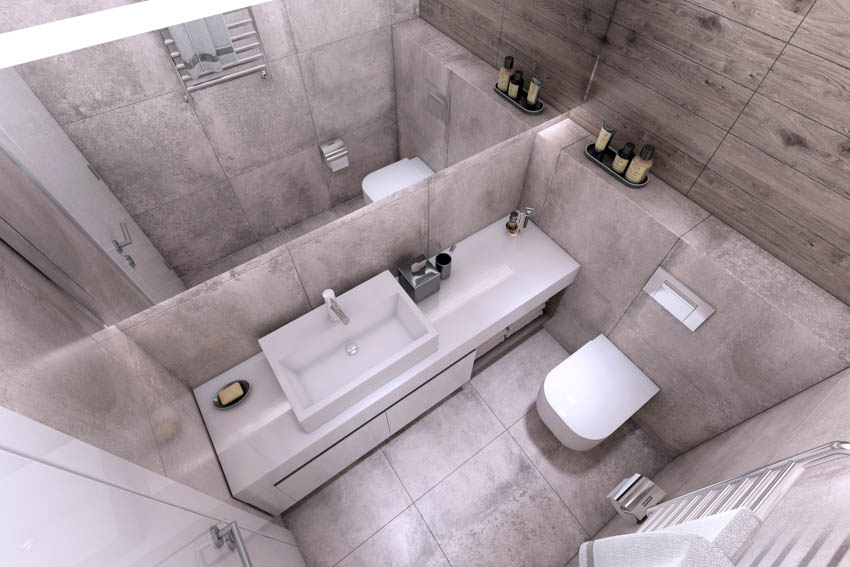
Homeowners can use the electrician and plumber’s inputs to draft the garage’s bathroom layout. One must also adhere to the provisions of the International Residential Code. Many communities follow the IRC’s guidelines for laying out the space for any home improvement project. The Code specifies clearances that homeowners must observe when installing fixtures relative to the different house parts. Read more about standard garage sizes here.
Step 5. Secure Necessary Permits
Local building codes require homeowners to secure a permit and other relevant licenses before they can start any home improvement project. Failure to do so can lead to fines and other penalties if discovered.
Step 6. Install Ventilation System
Create a window—at least 1.5 square feet—through the wall to facilitate efficient airflow. Homeowners must also paint the walls with moisture-resistant, easy-to-clean, and glossy enamel to protect against mold and mildew formation. For the drain installation, remember to install a two-inch vent at least 12 inches above the roofline.
Step 7. Install The Structural Elements
Install joists across the garage floor’s width, about sixteen inches apart. One can use 2×6 beams if there is ample floor-to-ceiling space. If not, 2×2 or 2×4 supports will be fine. Increasing joist height can bring more warmth and better insulation on the floor.
Install cross-blocking boards over the joists and fasten them every four feet. Insert and secure rolled insulation between joists before covering them with 4×8-foot plywood or particle board.
Cost To Add A Bathroom In A Garage

Families who want to add a simple bathroom to their dwellings can expect to pay between $4,000 and $7,000. However, if they must install new sewer and water lines or a more luxurious bathroom, the project cost can rise from $25,000 to $50,000. Read more about the cost to build a garage here.
If you decide to convert your space and want to hire a contractor, make sure you get several estimates from different businesses before committing to a price. This way, you can ensure you are not overpaying. In addition, this will allow you to get several opinions about layouts and designs and give you plenty of opportunities to ask questions and get more information.
How Much Cost to Add Plumbing To a Garage
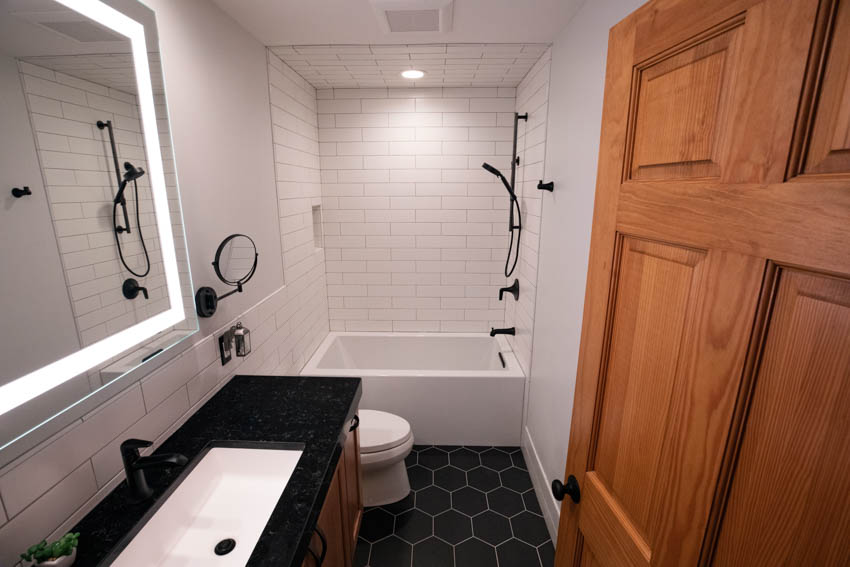
Adding plumbing to the garage can be as affordable as $500 or as expensive as $3000, or more. Everything depends on how the homeowner wants to install the sewage and water pipes. If it requires underground installation, the owner must break the floor to run the pipes before patching the floor.
The distance of the garage bathroom to the main sewer and water supply line also matters. The longer the distance, the higher the project cost. Adding different fixtures can also increase the overall cost.
Adding Plumbing In Garage Tips
The most practical way to install drainage pipes for a bathroom in the garage is by constructing a raised platform for the shower and toilet. It eliminates the need for breaking the concrete floor and installing the drainage pipes.
One can run the sewage tubes through the wall before routing them underground outside the house and into the main sewer line. The drainage pipes must have a quarter-inch-per-foot slope relative to the main sewer connection. A macerating toilet is necessary if the main sewer is higher than the sewage tubes or cannot maintain the required pipe slope.
Connect the shower to the macerating toilet or install a holding tank to collect the gray water. However, one must check local ordinances before doing this. Households living in cold climates should install their water pipes underground and connect them to the shower and toilet. Pipes can freeze if installed outside the structure unless one lives in a hot climate. It is best to use ¾-inch tubes to avoid water pressure issues.
Installing an electric water heater near the shower makes more sense than relying on the main water heater. Homeowners must connect the ¾-inch water line to the water heater’s inlet port. They can then connect ½-inch pipes from the water heater to the shower and toilet.
Adding A Toilet To The Garage
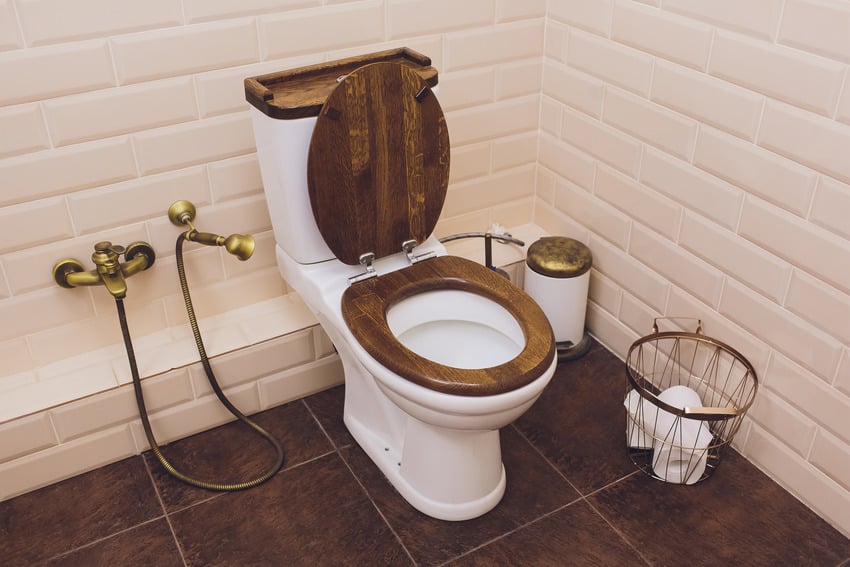
Check where to place the toilet. The International Residential Code dictates that the lavatory must have at least 21 inches of space or clearance between the toilet’s leading edge and a wall. It should also have at least 15 inches of allowance from the wall on either side to the toilet’s center.
Consider the space between the toilet and the back wall. One can determine this by adding half the toilet bowl’s width to 12 inches. The shower floor must have a minimum area of 30×30 inches, and the shower entry must have at least 24 inches of space or clearance in front.
Adding a bathroom is one way to improve the property’s overall value. It allows the family to make their home more functional, especially when there are visitors or guests.
The main concern in this project is the plumbing installation. If one is not confident about adding a bathroom to the garage by himself, it is always best to hire professionals.
There are garage design programs that can help you plan your layout and determine the floor plan and materials needed.





